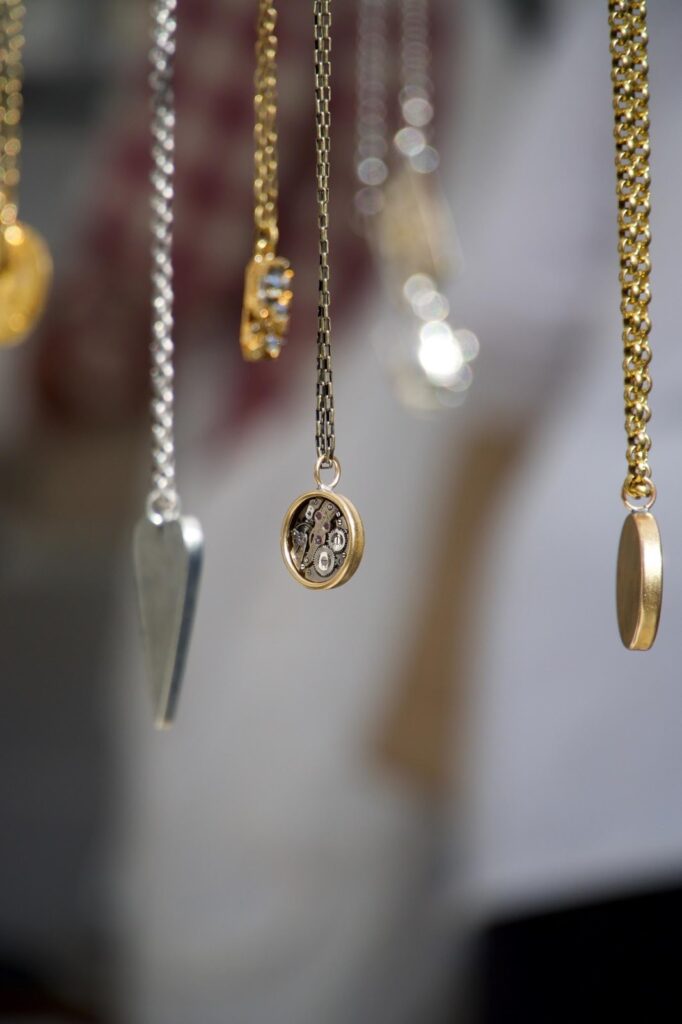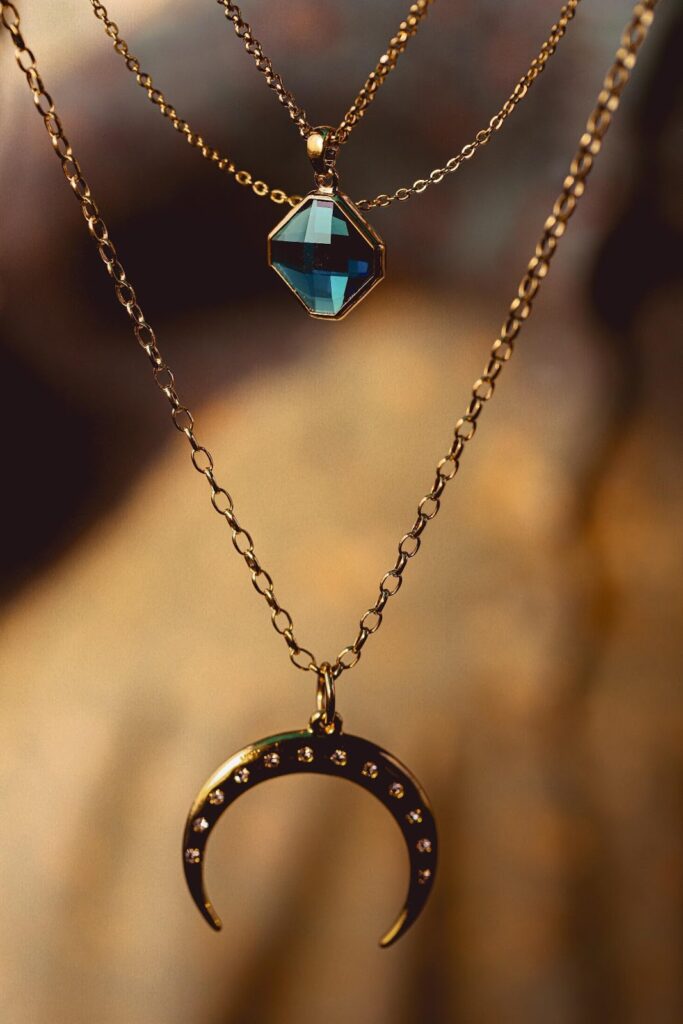Try again if you’re an online jewelry shop who hasn’t considered it. You’d be amazed how many prospective consumers you’re leaving out in the cold simply because you don’t understand the factors that influence their purchasing choice – Jewelry photography
The quality of your jewelry images is one of these considerations.
When customers are acquiring known things, photos, according to one of the few studies, outperform texts in terms of efficiency and efficacy. In a separate study, product images were found to boost customers’ satisfaction and trust in the business, particularly when paired with social presence; for example, utilizing human models in images.

What does this mean for you?
HIGH-QUALITY JEWELRY PHOTOS = PRODUCT UNDERSTANDING = CUSTOMER PLEASURE = BRAND TRUST = BUYING INTENTION = SALES
Don’t let poor quality jewelry photos hurt your sales.
Read on so you’ll know whether your jewelry photography department is screaming for help.
9 Undeniable Signs You Need Help With Jewelry Photography
Do you recognize any of these unmistakable signs when you look at your jewelry photos?
1. Your jewelry photo has a busy background
A basic background may go a long way in jewelry photography since simplicity frequently serves the objective. Remember that your jewelry photographs should clearly communicate what you’re offering to your customers. You should offer it in such a way that your consumers will be able to comprehend your goods in just one glance, including all of its characteristics and characteristics.
You’ve certainly noticed that a white backdrop is the industry standard since it draws attention to your jewels. It also has a professional and appealing appearance.
It’s been said that the background you select in your shot might expose your expertise (or lack thereof) as a “camera” in a matter of seconds. By removing your selling hat for a moment and examining your image as a client, you may improve your backdrop. Is it able to bring your attention to your topic right away, or are you distracted by the background and your gaze wanders away?
White backdrop images work well for product websites, whereas jewelry shots like the one above work well for social media; nevertheless, keep in mind the creative flexibility that comes with it. Make sure that your topic is the star of every shot you take, whether it’s for your company website or social media, so that you’re still selling without being too salesy. Make sure it doesn’t get lost in the shuffle.
You may also utilize several colored backgrounds without overwhelming your artwork. After all, certain gemstones seem better against dark backdrops, while others appear better against white/bright backdrops, depending on the cut.
2. You shoot photos under poor lighting condition
Jewelry images taken in bad lighting sabotage your sales since they make your jewelry appear unappealing. The importance of lighting in product photography cannot be overstated. It allows you to take crisp, bright images so that your consumers don’t have to get too close to the screen to view the details.
You may employ a variety of lighting arrangement ideas in your next photograph. You can utilize side lighting, backlighting, or a soft, diffused lighting source like a lightbox as an alternative to natural lighting. Natural lighting is the most convenient and accessible, with an even distribution of light.
Make sure that your subject is well-lit while shooting jewelry. Also, turn off any other artificial illumination sources. Use an off-camera light instead of an on-camera flash since it is excessively bright and can generate harsh shadows.
3. Your jewelry is out of focus
Aim for full focus during your jewelry photography endeavors whenever possible. If you’re selling an engagement ring, avoid emphasizing on just one feature of the item. The shank, prongs, and gallery are all equally significant to the main stone.
Always change the aperture setting of your camera to obtain clear and sharp jewelry shots. This will keep your subject’s corners and edges from becoming fuzzy. Affinity settings between f8 and f16 should help you obtain the focus quality you desire.
4. Your jewelry photos have unwanted reflections
Is the picture of your jewelry making a good first impression?
You want your consumers to think well of your jewelry piece when they see it; yet, unwanted reflections might destroy that first impression. Take, for example, the wedding band on the right in the photo above. Do you think it’s the seller’s reflection when you look at it? This type of reflection may be just as distracting as the busy background. You don’t want your buyer to assume such reflections are problems in your goods.
Although jewelry is a reflective item, you may reduce or eliminate reflections by adjusting your lighting. You may use an umbrella or a roll of white paper to disperse your light source, for example. Underneath your jewelry, use a white foam board or paper. Then, place a white piece of paper between your product and the light source, with two more white foam boards/paper on either side. The foam boards or paper will reflect light back onto the jewelry while also obstructing any undesired reflections.
5. You have too few jewelry images on your website
When a buyer clicks on your jewelry photo, expecting to see additional visual information, they are disappointed to discover that that is the only image available on your page. The fact that they can’t touch your thing should be enough to convince them that they shouldn’t be denied photos. It’s as if you don’t want people to purchase your product.
Take a look at the image above for an example. It just contains one product photo and an evaluation report, aside from the lack of a professional primary shot. Perhaps the consumer wants to view the ring’s shanks or gallery. Take photos of all important angles so they can see what they’re going to buy. Returns and complaints will be reduced as a result of this.

Final thoughts
With these tips, you now probably know why your jewelry photos haven’t been attracting customers.
